Categories
- FQA (36)
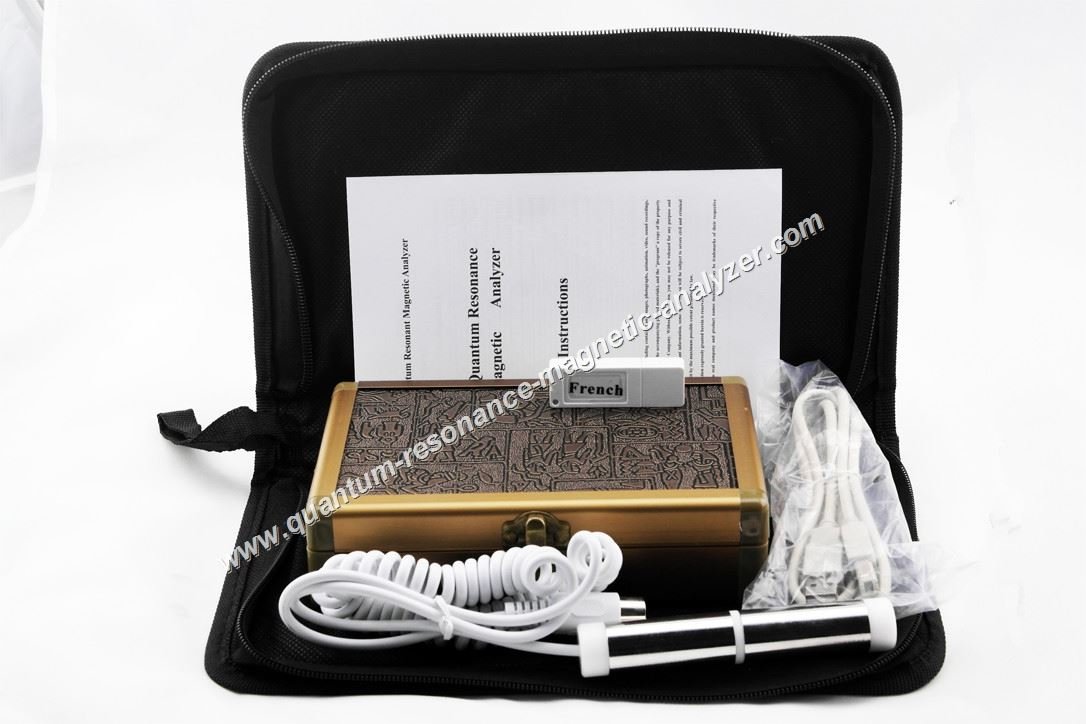

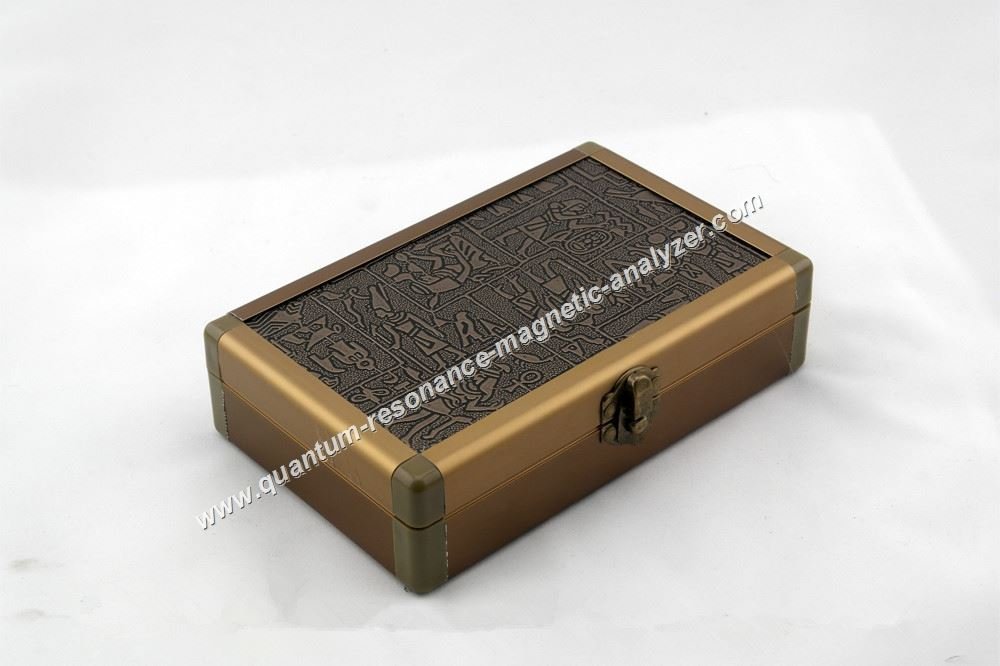

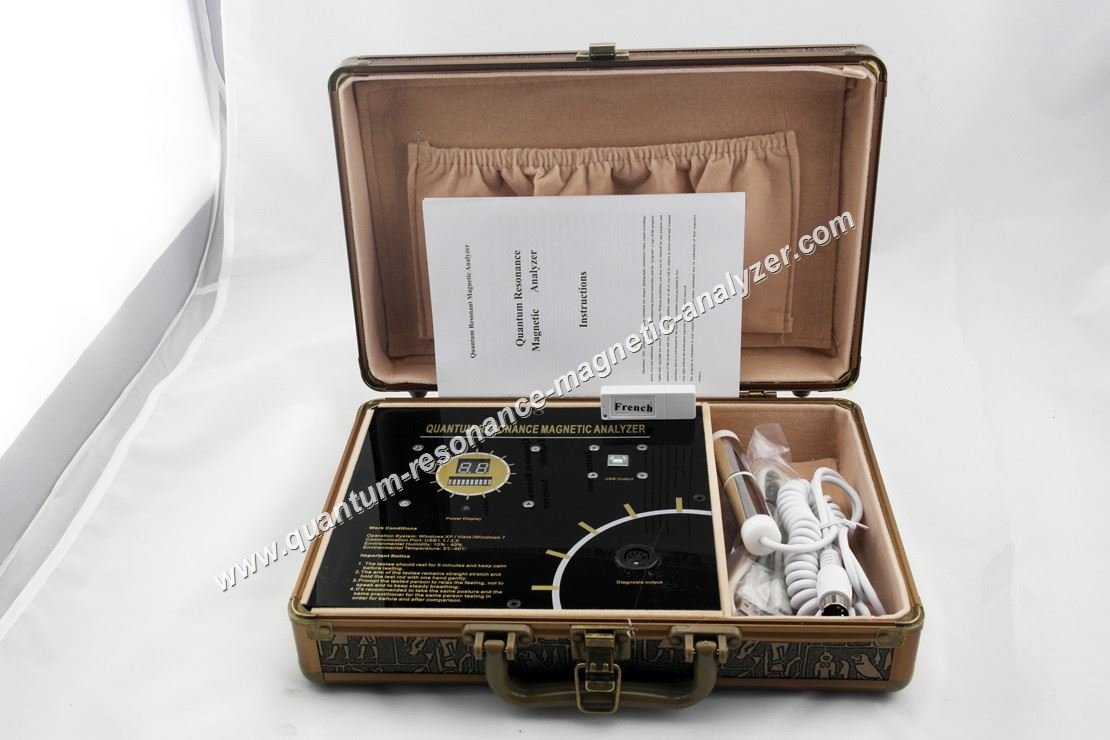
Download our complimentary checklist for ensuring optimal readings every time you use your Quantum Resonance Magnetic Analyzer.
Before diving into operational tips, it’s essential to understand the fundamental principles behind the Quantum Resonance Magnetic Analyzer. This device utilizes quantum magnetic resonance technology to collect bioelectric information from the human body. By analyzing the magnetic fields and energy signatures, the system provides assessments across multiple health parameters.
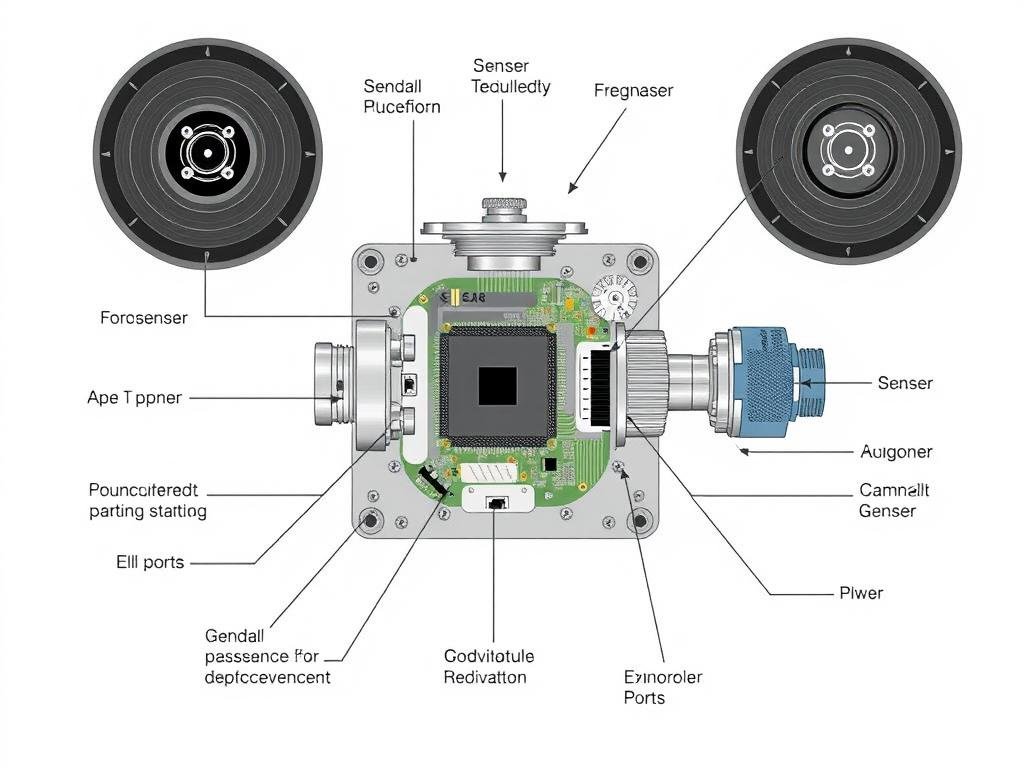
The Quantum Resonance Magnetic Analyzer works by detecting the weak magnetic fields produced by cells within the human body. These signals are then compared against a comprehensive database to identify potential health concerns and imbalances. Understanding this process helps practitioners interpret results more effectively and recognize when readings may be affected by external factors.
Proper preparation is crucial for obtaining accurate readings with your Quantum Resonance Magnetic Analyzer. Following these systematic preparation steps will help minimize interference and ensure optimal data collection.
The environment in which you operate your analyzer significantly impacts reading accuracy. Create optimal testing conditions by following these guidelines:
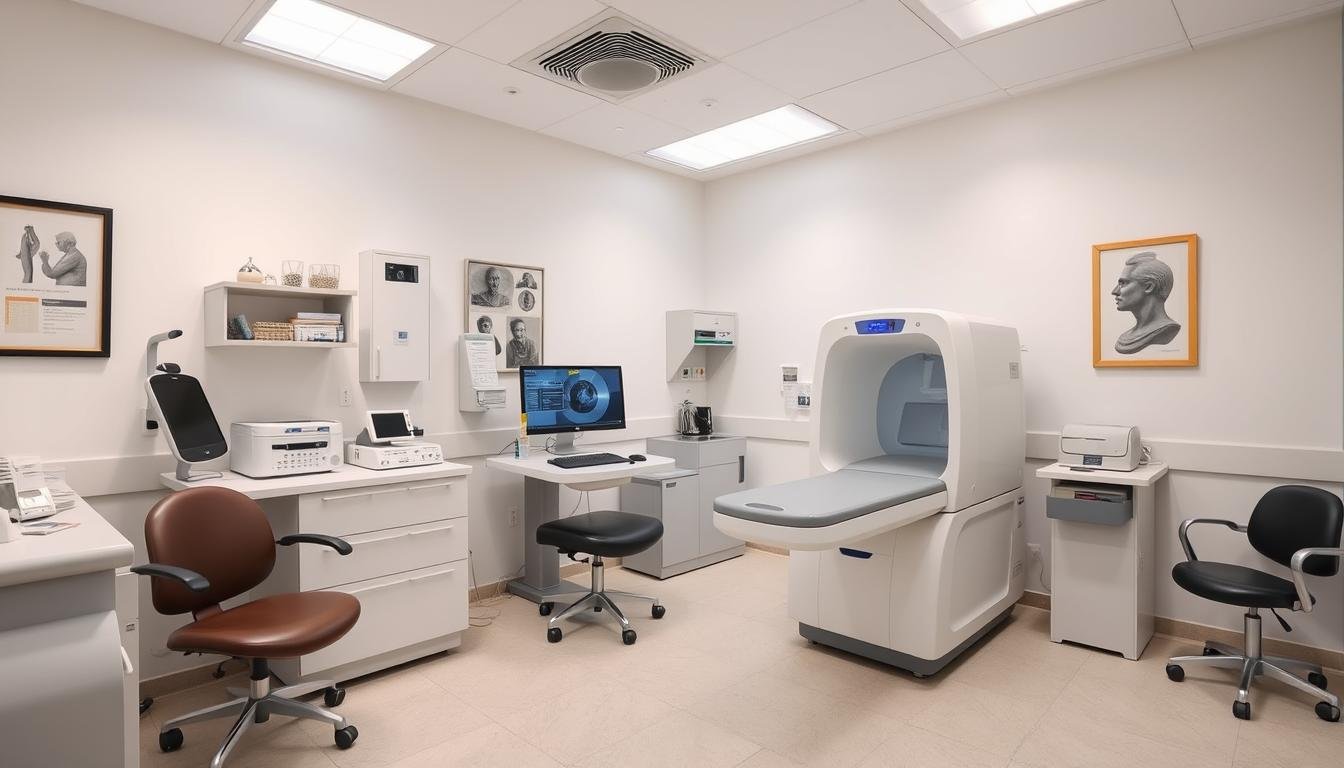
Regular calibration ensures your Quantum Resonance Magnetic Analyzer provides consistent and reliable results. Implement these calibration procedures before each testing session:
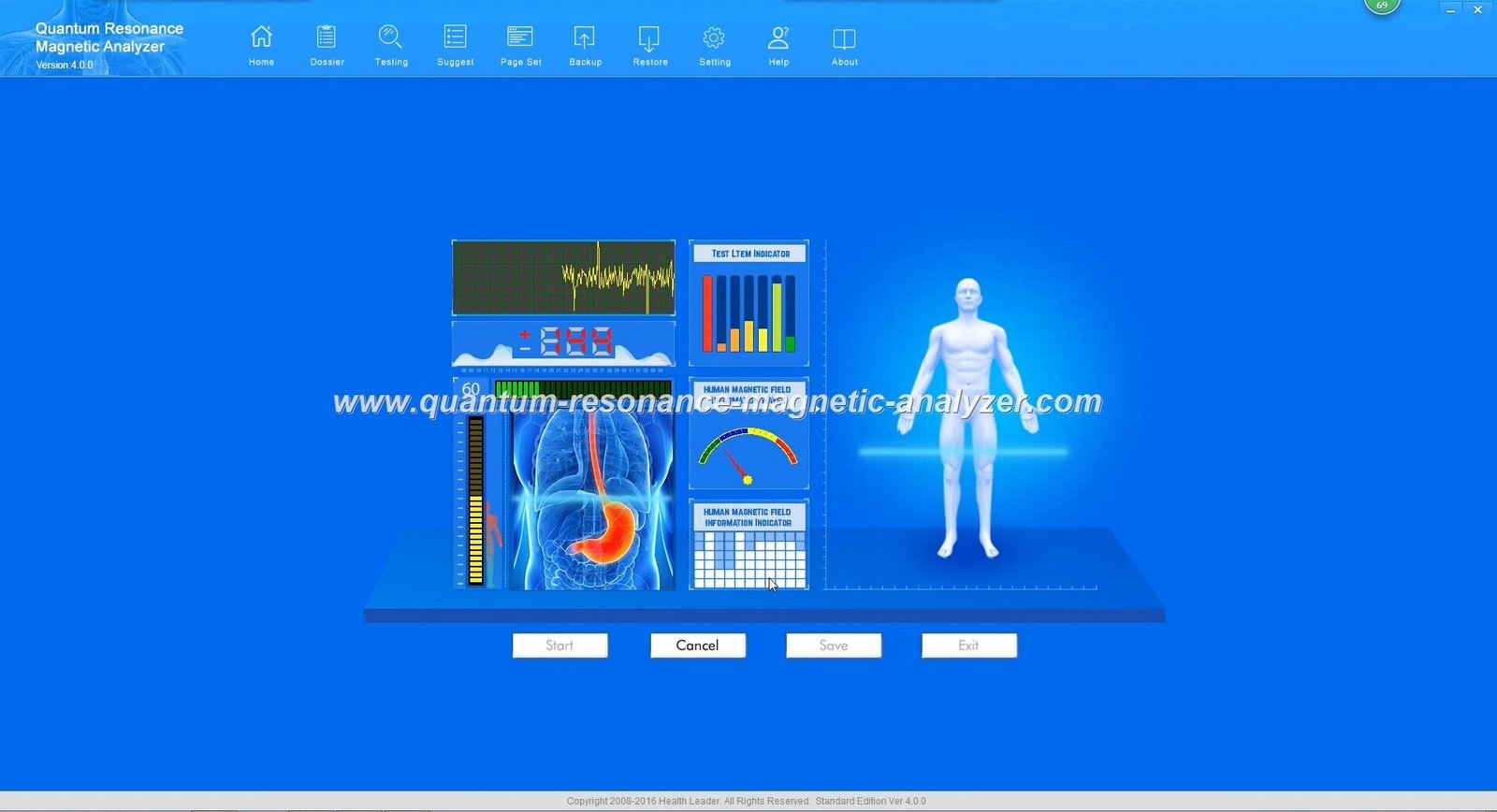
Important: If calibration readings fall outside expected parameters, contact technical support before proceeding with patient testing. Using an improperly calibrated device may lead to inaccurate health assessments.
Proper patient preparation significantly impacts the accuracy of Quantum Resonance Magnetic Analyzer readings. Provide these instructions to patients prior to their appointment:
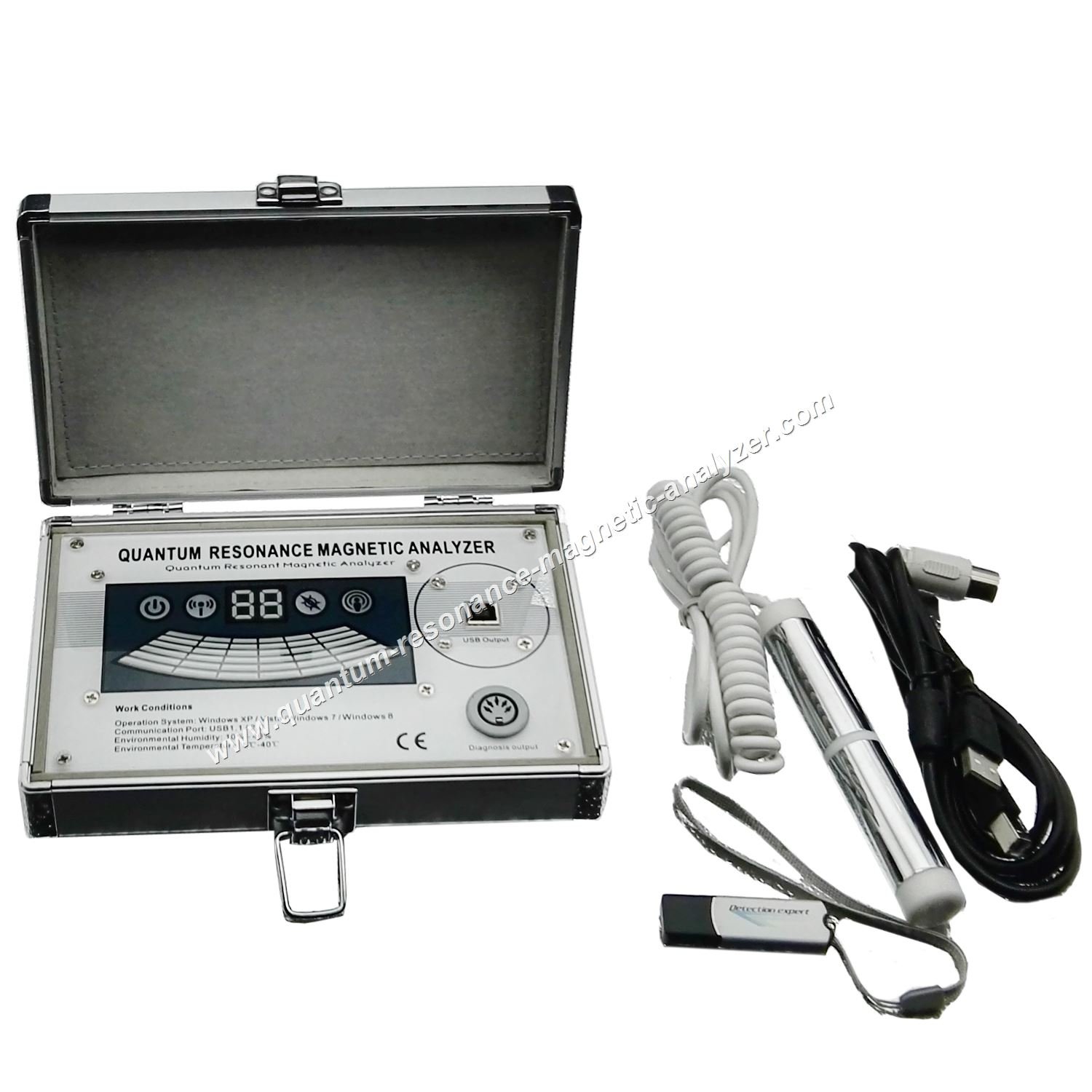
Download our patient preparation guide to share with your clients before their appointments.
Following proper operational procedures ensures consistent and reliable results from your Quantum Resonance Magnetic Analyzer. These best practices cover correct sensor positioning, testing sequence, and interference prevention.
Proper sensor positioning is critical for accurate readings. The hand sensor must make proper contact with the patient’s palm to detect the subtle magnetic signals effectively:
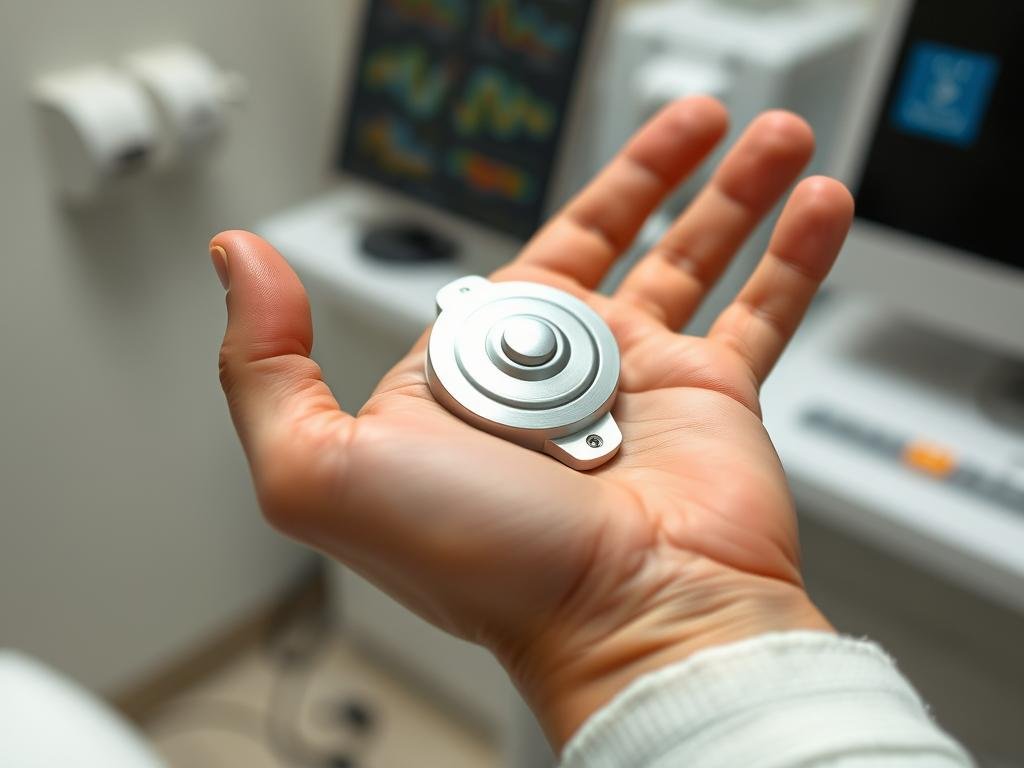
Follow this standardized testing sequence to ensure comprehensive and accurate health assessments:
| Step | Action | Duration | Notes |
| 1 | Input patient demographic data | 2-3 minutes | Include age, gender, height, and weight |
| 2 | Initial baseline reading | 30 seconds | Patient should be relaxed and breathing normally |
| 3 | Comprehensive system scan | 3-5 minutes | Do not interrupt during this phase |
| 4 | Targeted system analysis | 1-2 minutes per system | Select relevant systems based on patient concerns |
| 5 | Data verification scan | 1 minute | Confirms consistency of readings |
| 6 | Report generation | 2-3 minutes | Save data before closing the program |
Multiple factors can interfere with the accuracy of Quantum Resonance Magnetic Analyzer readings. Implement these preventive measures to minimize disruptions:

Accurate interpretation of Quantum Resonance Magnetic Analyzer results requires understanding the reporting system, recognizing common errors, and implementing proper validation techniques.
The analyzer generates comprehensive reports with multiple health parameters. Understanding these key indicators helps in accurate interpretation:
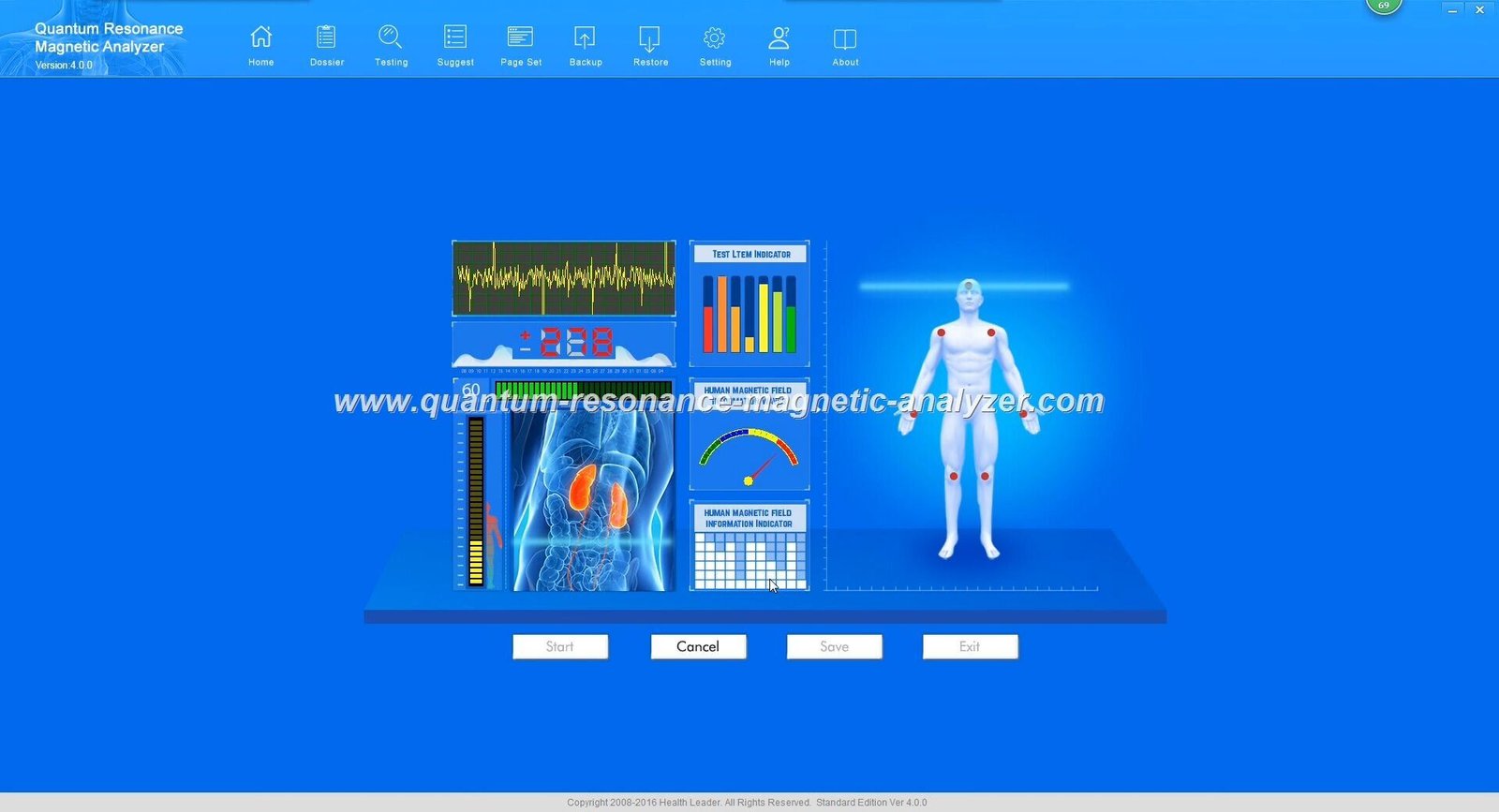
Being able to identify potential errors in readings helps prevent misinterpretation and improves overall accuracy:
| Error Pattern | Possible Cause | Solution |
| Universal extreme readings | Sensor connection issue or calibration error | Verify connections and recalibrate the system |
| Fluctuating values during single session | Patient movement or external interference | Ensure patient remains still and check for interference sources |
| Inconsistent readings between tests | Improper sensor positioning or patient factors | Standardize sensor placement and review patient preparation |
| Missing data in specific systems | Software issue or incomplete scan | Update software and ensure complete scanning sequence |
| Biologically implausible results | Major interference or system malfunction | Run system diagnostics and contact technical support |
Implement these validation techniques to ensure the reliability of your Quantum Resonance Magnetic Analyzer results:
Need help interpreting complex Quantum Resonance Magnetic Analyzer results? Our specialists can provide professional consultation.

Regular maintenance ensures the longevity and accuracy of your Quantum Resonance Magnetic Analyzer. Implement these maintenance procedures to keep your system performing optimally.
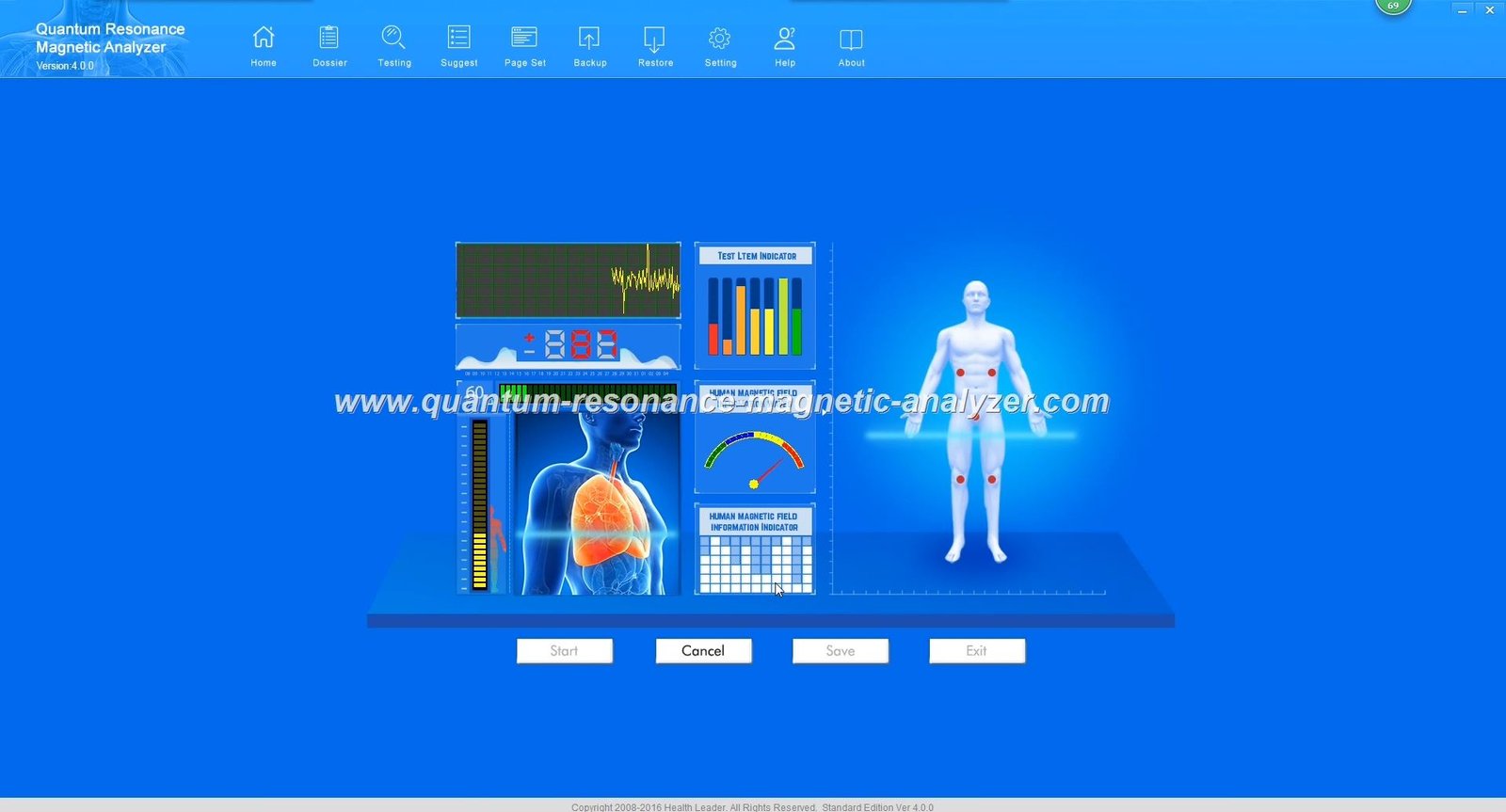
“Regular maintenance is not just about extending equipment life—it’s about ensuring consistent accuracy and reliability in patient assessments. A well-maintained Quantum Resonance Magnetic Analyzer provides more trustworthy results.”
| Issue | Possible Cause | Troubleshooting Steps |
| System fails to power on | Power supply problem or loose connections | Check power cable, outlet, and connections; verify power supply functioning |
| Software crashes during analysis | Outdated software or insufficient system resources | Update software, close unnecessary programs, restart system |
| Sensor not detecting properly | Damaged sensor or connection issue | Inspect sensor for damage, verify connections, test with alternative sensor |
| Inconsistent calibration results | Environmental interference or sensor degradation | Move to interference-free location, clean sensors, contact support if persistent |
| Database errors | Corrupted files or storage issues | Run database repair utility, restore from backup, update database |
These real-world examples demonstrate how proper technique and accurate readings from the Quantum Resonance Magnetic Analyzer have contributed to improved health outcomes.
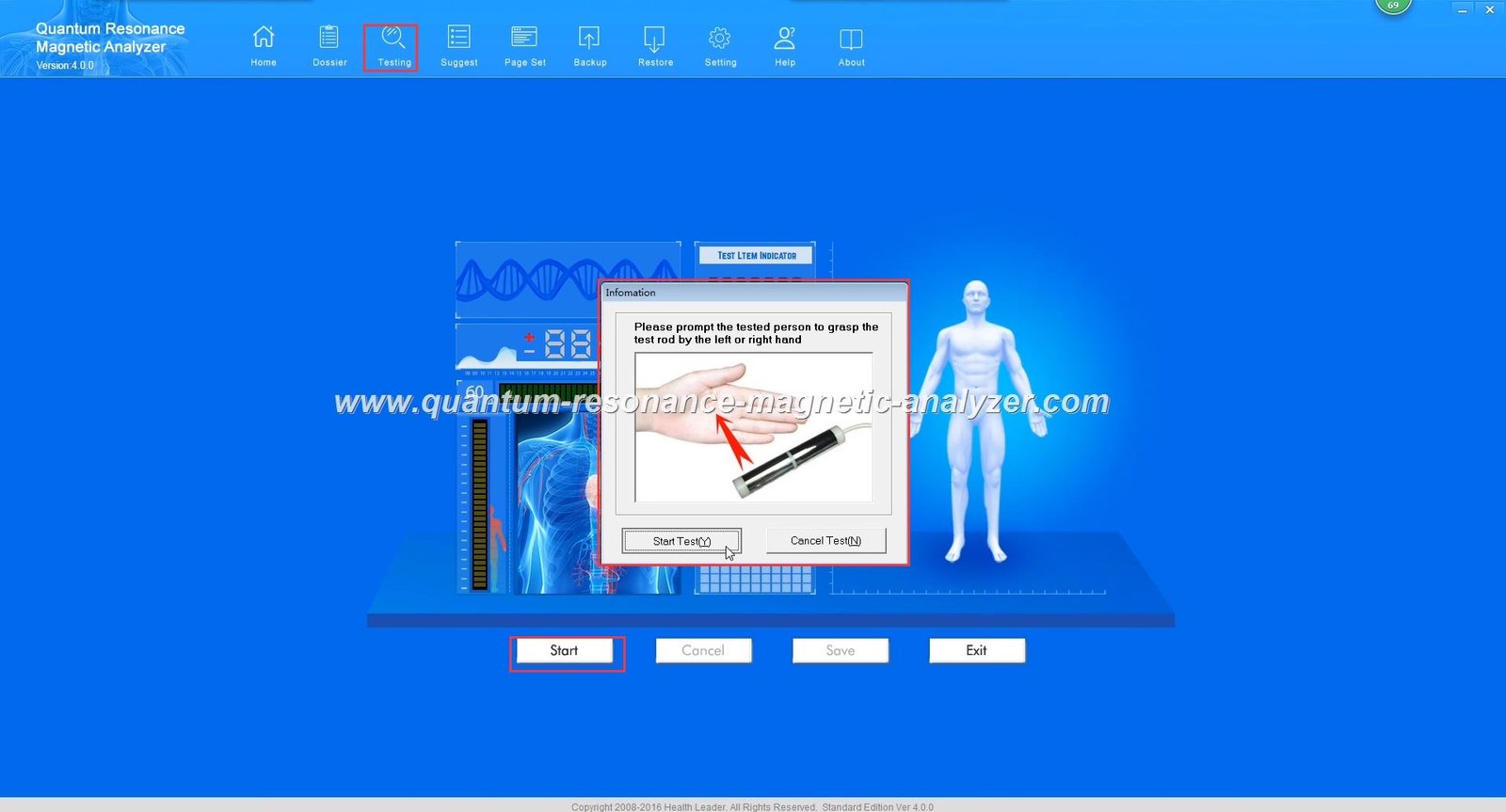
Challenge: A private wellness clinic was experiencing inconsistent results with their Quantum Resonance Magnetic Analyzer, leading to patient confusion and reduced confidence.
Solution: The clinic implemented standardized protocols for environmental controls, patient preparation, and operator training.
Results: After three months, result consistency improved by 78%, patient satisfaction increased by 64%, and the clinic was able to expand their diagnostic services based on improved reliability.
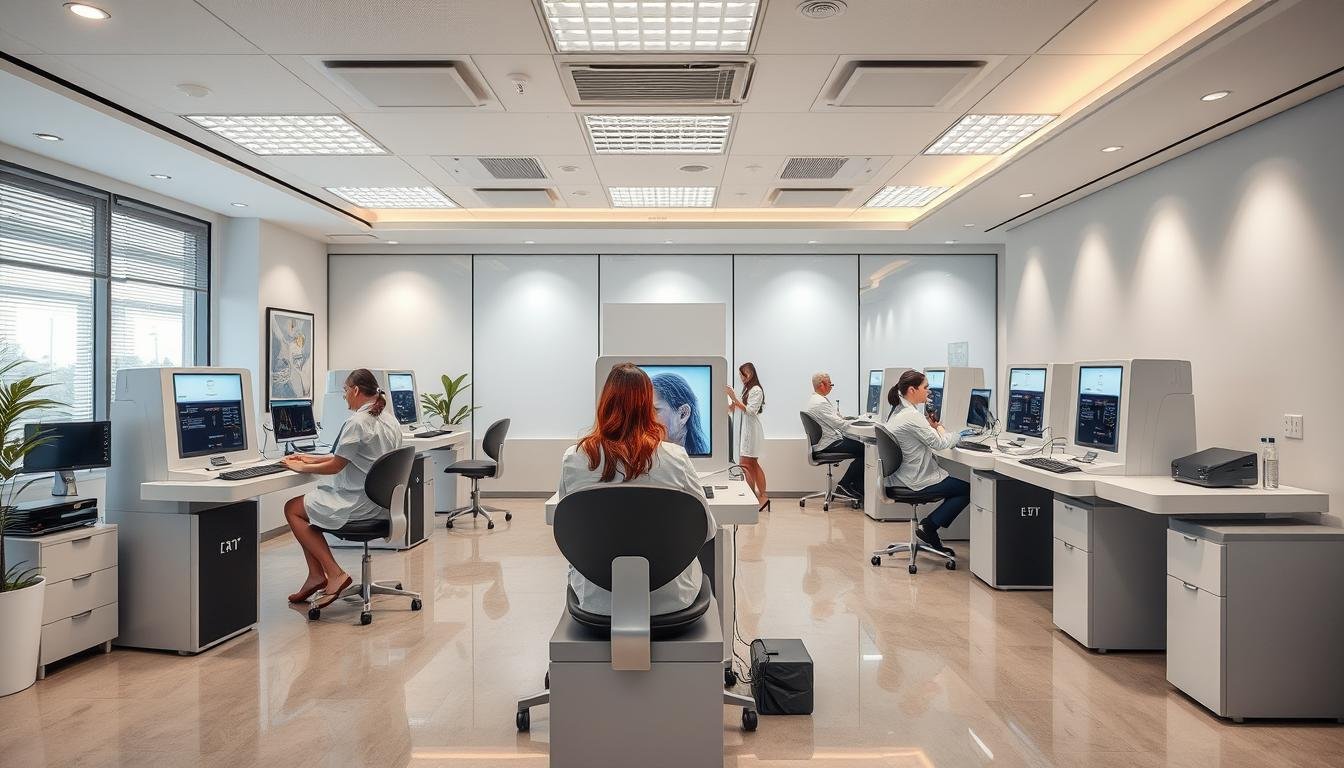
Challenge: A chain of wellness centers needed to standardize their Quantum Resonance Magnetic Analyzer procedures across multiple locations to ensure consistent patient experience.
Solution: The company developed comprehensive training materials, standardized operating procedures, and implemented regular calibration checks across all locations.
Results: Cross-location consistency improved by 92%, staff confidence in using the equipment increased by 87%, and patient retention improved by 53% due to more reliable and consistent results.
For optimal accuracy, calibrate your analyzer at the beginning of each day before patient testing begins. Additionally, perform a full system calibration weekly and after any software updates or system changes. If you notice any inconsistencies in readings, perform an immediate calibration check.
Yes, certain medications can influence analyzer readings by altering the body’s electromagnetic field. Patients should continue taking prescribed medications as normal, but it’s important to record all current medications in the patient’s file. This information helps practitioners interpret results accurately by accounting for known medication effects.
When explaining results to patients, focus on patterns rather than individual readings. Use visual aids from the software to illustrate imbalances and areas of concern. Emphasize that the analyzer provides a screening tool that identifies potential areas for further investigation, not definitive diagnoses. Always contextualize results within the patient’s overall health picture and symptoms.
For general wellness monitoring, testing every 3-6 months is typically sufficient. Patients with specific health concerns or those undergoing treatment plans may benefit from more frequent assessments, such as monthly or bi-monthly. The optimal frequency should be determined based on individual patient needs, treatment protocols, and observed response to interventions.
Database updates are typically provided by the manufacturer periodically. To update, first back up your current database and patient records. Then, access the system settings menu, select “Database Management,” and choose “Update Reference Database.” Follow the prompts to complete the installation. Always verify the source of updates and only use official manufacturer releases to ensure accuracy and system compatibility.
Yes, environmental factors such as humidity, temperature extremes, and atmospheric pressure can potentially influence readings. Maintain a controlled environment with stable temperature (20-25°C) and humidity levels (40-60%). During severe weather events like electrical storms, consider rescheduling non-urgent testing as these conditions can create electromagnetic interference that affects accuracy.
Our technical support team is available to answer any questions about your Quantum Resonance Magnetic Analyzer.
Continuous education and training are essential for maximizing the accuracy and effectiveness of your Quantum Resonance Magnetic Analyzer. Access these valuable resources to enhance your skills and knowledge.
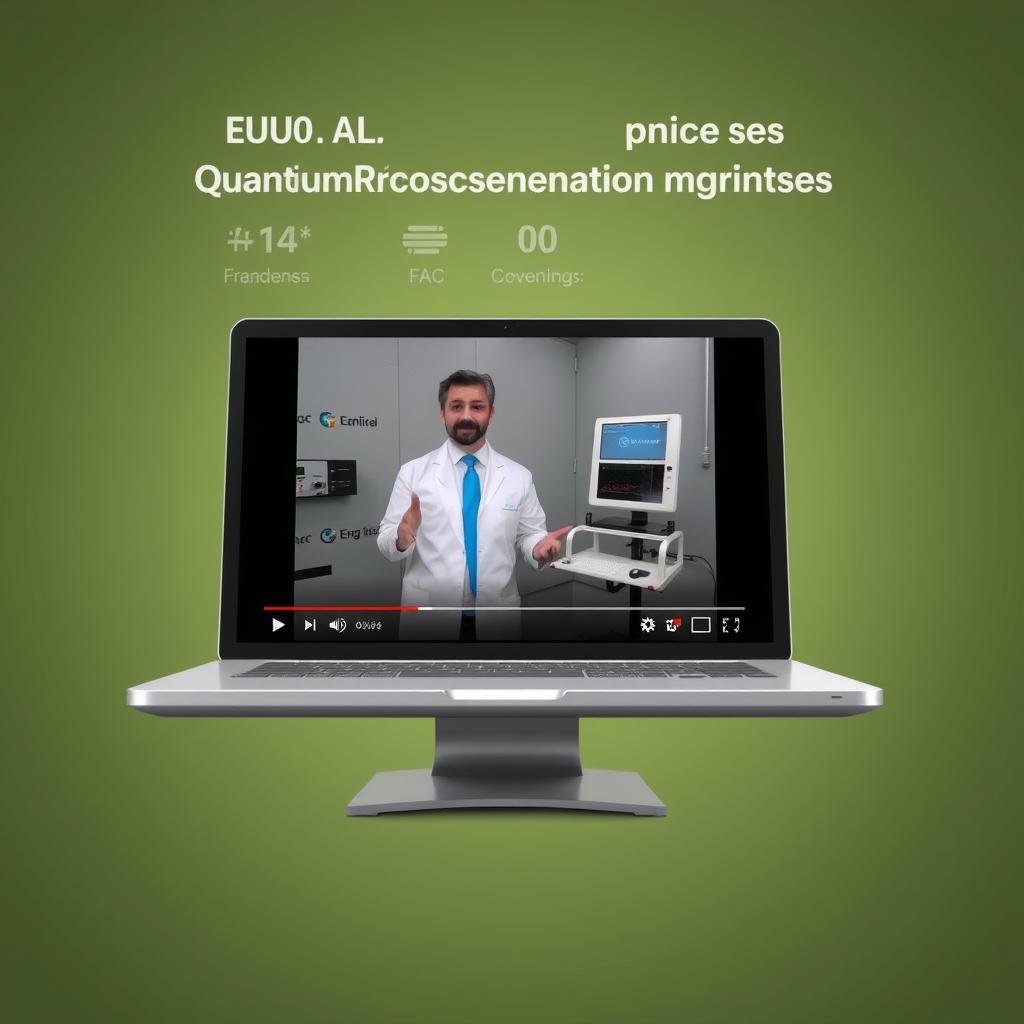
Comprehensive training program covering all aspects of Quantum Resonance Magnetic Analyzer operation, interpretation, and troubleshooting.
12 Modules
Certificate Included

In-person training sessions with expert instructors, providing practical experience and personalized guidance.
Monthly Schedule
Small Groups
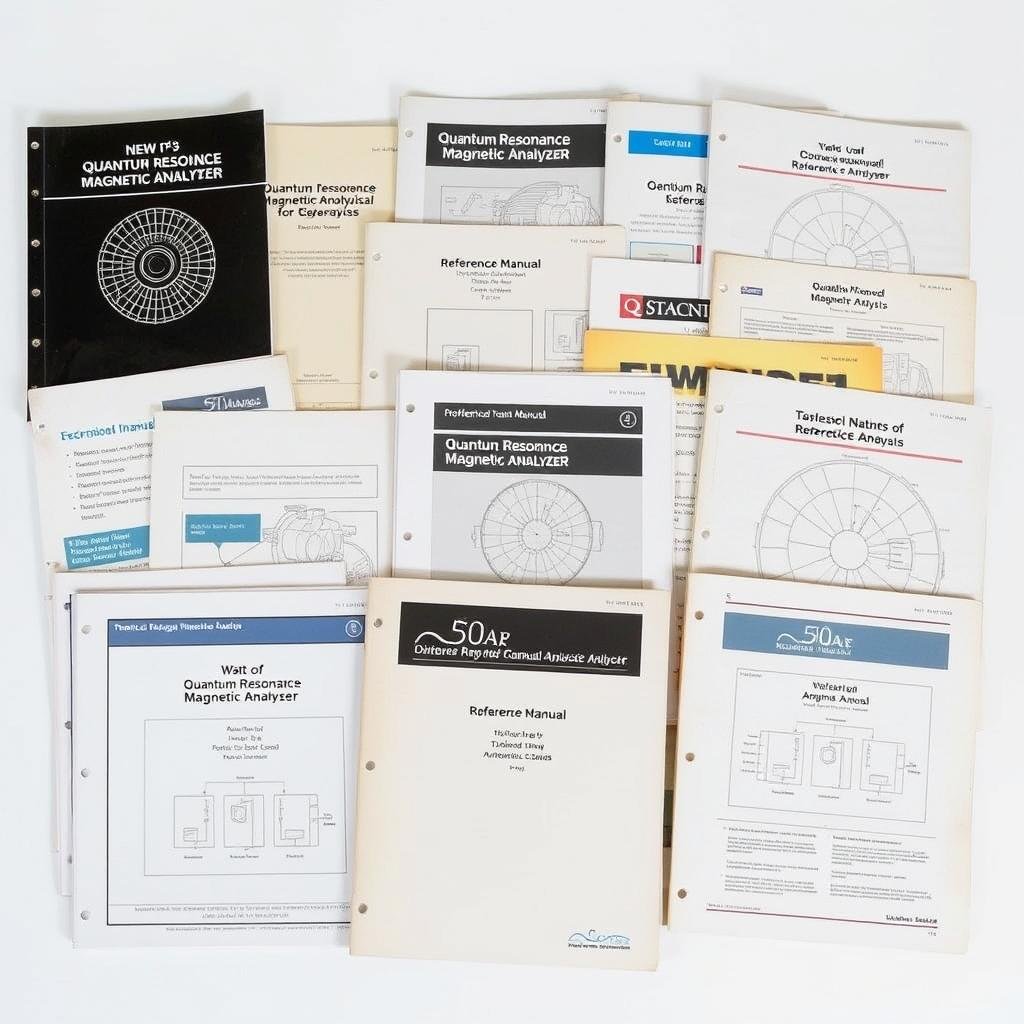
Comprehensive manuals, quick reference guides, and technical bulletins for all aspects of system operation.
Digital & Print
Regular Updates
Enhance your expertise with our comprehensive Quantum Resonance Magnetic Analyzer training program, designed for healthcare professionals.
Achieving accurate and reliable results with your Quantum Resonance Magnetic Analyzer requires attention to detail, proper technique, and ongoing education. By implementing the tips and best practices outlined in this guide, you can significantly enhance the quality of your readings and provide more valuable health insights to your patients.
Remember that consistency is key—establish standardized protocols for your practice, maintain regular calibration schedules, and continuously update your knowledge as technology evolves. The Quantum Resonance Magnetic Analyzer is a sophisticated tool that, when used correctly, can be an invaluable asset in your healthcare practice.
Key Takeaways:

Take your Quantum Resonance Magnetic Analyzer practice to the next level with personalized consultation from our technical specialists.
